Home>Gardening & Outdoor>Outdoor Entertaining>How Large Should A Fire Pit Area Be
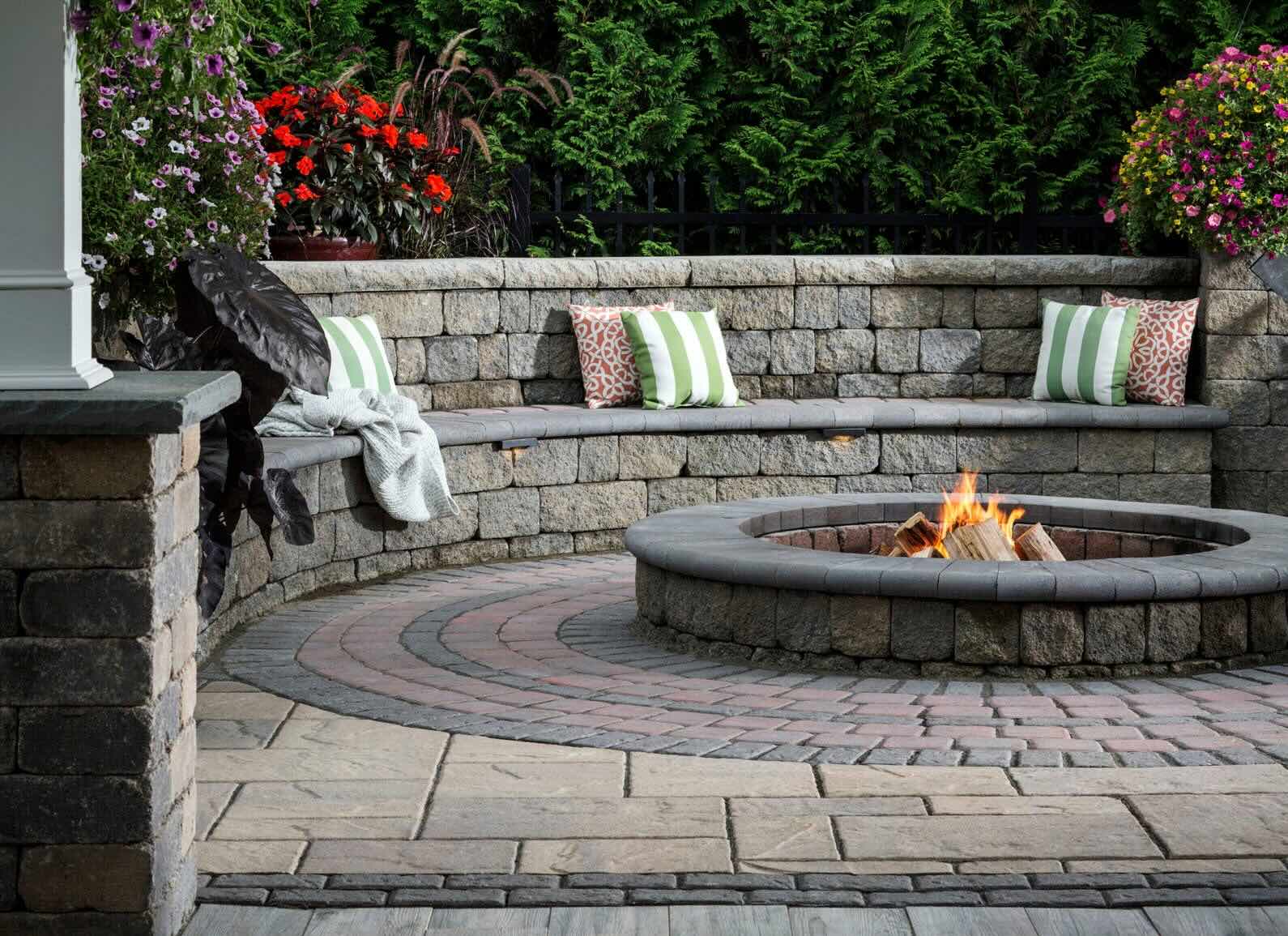

Outdoor Entertaining
How Large Should A Fire Pit Area Be
Modified: March 2, 2024
Discover the perfect size for your outdoor entertaining area with our guide on how large a fire pit area should be. Create a cozy and inviting space for gatherings and relaxation.
(Many of the links in this article redirect to a specific reviewed product. Your purchase of these products through affiliate links helps to generate commission for Storables.com, at no extra cost. Learn more)
Introduction
Welcome to the world of outdoor entertaining, where the crackling flames of a fire pit serve as a magnetic centerpiece, drawing friends and family together for warmth, relaxation, and lively conversations. The allure of a well-designed fire pit area is undeniable, offering a cozy and inviting ambiance that extends the usability of outdoor spaces well into the chilly evenings.
As you embark on the journey of creating your own fire pit area, you’ll encounter a myriad of decisions to make, from selecting the perfect fire pit to determining the ideal size and layout for your outdoor sanctuary. In this guide, we’ll delve into the crucial considerations and expert recommendations to help you determine the optimal size for your fire pit area, ensuring that it becomes the heart of your outdoor oasis.
Key Takeaways:
- Size matters! When planning your fire pit area, consider available space, intended use, and safety regulations. Tailoring the size to your needs ensures a cozy and inviting outdoor sanctuary.
- Safety first! Incorporate safety measures into the size and layout of your fire pit area, including clearance, fireproofing, and accessibility. Create a secure and enjoyable outdoor space for all.
Read more: How To Build A Fire Pit Area
Factors to Consider
When determining the size of your fire pit area, several factors come into play, each influencing the overall design and functionality of the space. By carefully considering these factors, you can tailor the dimensions of the fire pit area to suit your specific needs and preferences.
- Available Space: The size of your outdoor area will naturally dictate the dimensions of your fire pit area. Whether you have a spacious backyard or a cozy patio, it’s essential to assess the available space and plan the fire pit area accordingly.
- Intended Use: Consider how you envision using the fire pit area. Will it primarily serve as a cozy spot for intimate gatherings, or do you plan to host larger social gatherings around the fire? Understanding the intended use will help determine the size and seating capacity of the area.
- Local Regulations: It’s crucial to familiarize yourself with any local regulations or guidelines pertaining to fire pit installations. Some areas may have specific requirements regarding the distance between the fire pit and nearby structures, property lines, or vegetation.
- Comfort and Accessibility: Factor in the comfort and accessibility of the fire pit area. Adequate spacing around the fire pit for seating, circulation, and potentially outdoor furniture is essential for creating a welcoming and functional space.
- Landscaping and Aesthetics: Consider how the fire pit area will integrate with your existing landscaping and outdoor aesthetics. The size and layout should complement the overall design of your outdoor space, creating a harmonious and visually appealing environment.
By taking these factors into account, you can begin to envision the ideal size and layout for your fire pit area, setting the stage for a captivating outdoor retreat that perfectly suits your lifestyle and preferences.
Size for Different Types of Fire Pits
When it comes to determining the size of your fire pit area, the type of fire pit you choose will significantly influence the dimensions and layout. Different types of fire pits, such as traditional wood-burning fire pits, gas fire pits, and fire pit tables, each have unique spatial requirements and considerations.
- Traditional Wood-Burning Fire Pit: If you opt for a classic wood-burning fire pit, consider leaving ample space around the fire pit to accommodate seating and circulation. A diameter of 36 to 44 inches is typically suitable for wood-burning fire pits, providing enough room for a cozy fire while maintaining a safe distance from surrounding elements.
- Gas Fire Pit: Gas fire pits offer the advantage of adjustable flames and easy ignition, making them a popular choice for outdoor settings. When planning the size of the fire pit area for a gas fire pit, ensure that there is adequate space for the gas line and proper ventilation. Gas fire pits often come in various shapes and sizes, allowing for greater flexibility in customizing the dimensions to suit your space.
- Fire Pit Table: Fire pit tables combine the functionality of a fire pit with the practicality of a table, making them ideal for entertaining and dining outdoors. The size of the fire pit table will depend on the number of users it is intended to accommodate, as well as the available space for seating around the table. Consider the dimensions of the table and the surrounding seating area to ensure a comfortable and inviting setup.
Regardless of the type of fire pit you choose, it’s essential to prioritize safety and comfort when determining the size of the fire pit area. By tailoring the dimensions to the specific requirements of your chosen fire pit, you can create a well-proportioned and inviting space that beckons for relaxation and social gatherings.
A good rule of thumb is to have a fire pit area that is at least 10-12 feet in diameter to provide enough space for seating and to keep a safe distance from the flames.
Safety Considerations
Ensuring the safety of your fire pit area is paramount, and the size of the space plays a crucial role in mitigating potential hazards and creating a secure environment for enjoyment. By incorporating key safety considerations into the design and dimensions of your fire pit area, you can enhance the overall experience while safeguarding against potential risks.
- Clearance and Ventilation: Adequate clearance around the fire pit is essential to prevent accidental contact with flames or hot surfaces. Leave sufficient space between the fire pit and any combustible materials, such as furniture, plants, or structures. Additionally, ensure proper ventilation to allow smoke and heat to dissipate safely.
- Distance from Flammable Elements: Consider the proximity of flammable elements, such as overhanging tree branches, shrubbery, or outdoor structures, when determining the size and location of the fire pit area. Maintaining a safe distance from these elements reduces the risk of fire spreading and enhances overall safety.
- Surface Material and Fireproofing: If the fire pit area features a ground or deck surface, select fire-resistant materials and consider adding a protective layer, such as a heat-resistant mat or pavers, to shield the surface from heat and embers. This precaution helps prevent accidental fires and damage to the surrounding area.
- Accessibility and Emergency Exits: Ensure that the fire pit area allows for unobstructed access and clear pathways for emergency exits. In the event of an unforeseen incident, easy accessibility and unobstructed exits are essential for ensuring the safety of all occupants.
- Supervision and Fire Management: Proper supervision and responsible fire management are key components of fire pit safety. When determining the size of the fire pit area, consider visibility and the ability to monitor the fire from various vantage points, allowing for attentive supervision and timely intervention if needed.
By integrating these safety considerations into the size and layout of your fire pit area, you can create a secure and enjoyable outdoor space where the mesmerizing allure of the fire is accompanied by peace of mind and a focus on well-being.
Design Considerations
Designing a captivating fire pit area involves more than just determining its size; it encompasses a thoughtful approach to creating an inviting and harmonious outdoor environment. By considering various design elements and aesthetic factors, you can elevate the appeal and functionality of the fire pit area, transforming it into a captivating focal point within your outdoor space.
- Seating Arrangement: The size of the fire pit area should accommodate comfortable seating arrangements that encourage relaxation and social interaction. Whether incorporating built-in seating, outdoor sofas, or individual chairs, ensure that there is ample space for guests to gather around the fire pit comfortably.
- Lighting and Ambiance: Lighting plays a pivotal role in enhancing the ambiance of the fire pit area. Consider incorporating soft, ambient lighting to create a warm and inviting atmosphere after sunset. This can include string lights, lanterns, or strategically placed fixtures that accentuate the fire pit area and surrounding landscape.
- Landscape Integration: Integrate the fire pit area seamlessly into the surrounding landscape, ensuring that the size and layout complement the natural features of the outdoor space. Incorporating elements such as native plants, hardscaping, and pathways can enhance the cohesiveness of the design while creating a visually appealing setting.
- Multifunctional Use: If space permits, consider the multifunctional use of the fire pit area. Whether incorporating additional features such as an outdoor kitchen, dining area, or relaxation zone, the size of the fire pit area should allow for the seamless integration of these elements, creating a versatile and engaging outdoor retreat.
- Personalization and Style: Tailor the design of the fire pit area to reflect your personal style and preferences. Whether opting for a rustic, natural aesthetic or a contemporary, streamlined look, the size of the area should accommodate the desired design elements while maintaining a sense of balance and proportion.
By thoughtfully considering these design considerations and integrating them into the size and layout of the fire pit area, you can create a captivating outdoor haven that beckons for relaxation, social gatherings, and memorable moments around the mesmerizing glow of the fire.
Read more: How Big Should A Fire Pit Be
Conclusion
Designing the perfect fire pit area involves a delicate balance of spatial considerations, safety measures, and thoughtful design elements. By carefully evaluating the factors that influence the size and layout of the fire pit area, you can create an outdoor sanctuary that embodies warmth, comfort, and enchanting allure.
From the dimensions tailored to accommodate different types of fire pits to the integration of safety measures and aesthetic design elements, every aspect contributes to the overall appeal and functionality of the fire pit area. Whether you envision intimate gatherings by a traditional wood-burning fire pit or stylish soirees around a gas fire pit or fire pit table, the size of the area sets the stage for memorable experiences and cherished moments.
As you embark on the journey of crafting your fire pit area, remember to infuse your personal style and preferences into the design, creating a space that resonates with your unique outdoor lifestyle. Whether nestled within a sprawling backyard or adorning a compact patio, the fire pit area has the potential to become the heart of your outdoor oasis, drawing friends and family together for warmth, relaxation, and the timeless allure of crackling flames.
Ultimately, the optimal size for a fire pit area is not merely a matter of dimensions; it’s a reflection of your vision for an inviting and captivating outdoor retreat. By embracing the interplay of spatial considerations, safety measures, and design elements, you can craft a fire pit area that embodies the essence of outdoor entertaining, beckoning for memorable gatherings and cherished moments under the starlit sky.
Frequently Asked Questions about How Large Should A Fire Pit Area Be
Was this page helpful?
At Storables.com, we guarantee accurate and reliable information. Our content, validated by Expert Board Contributors, is crafted following stringent Editorial Policies. We're committed to providing you with well-researched, expert-backed insights for all your informational needs.
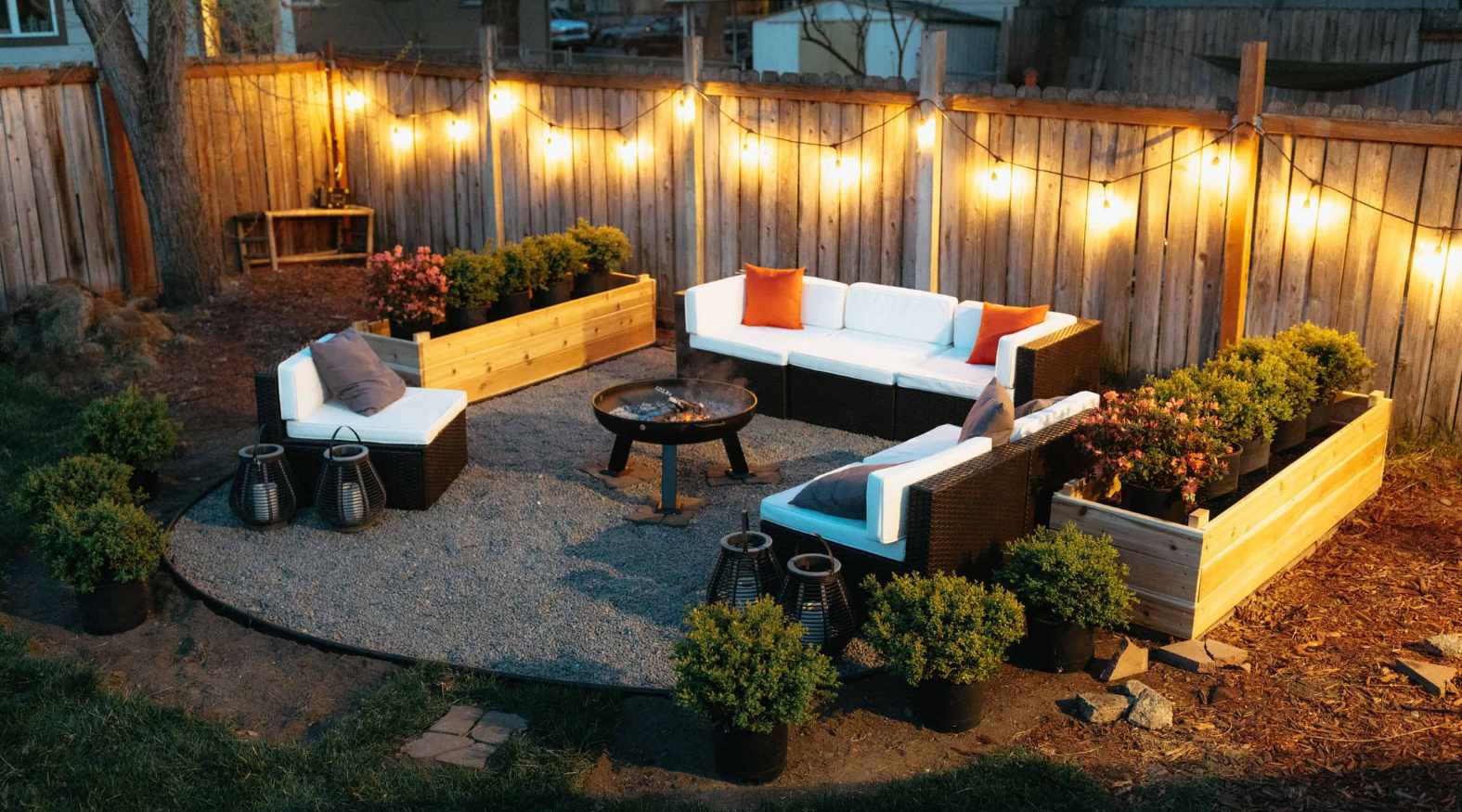
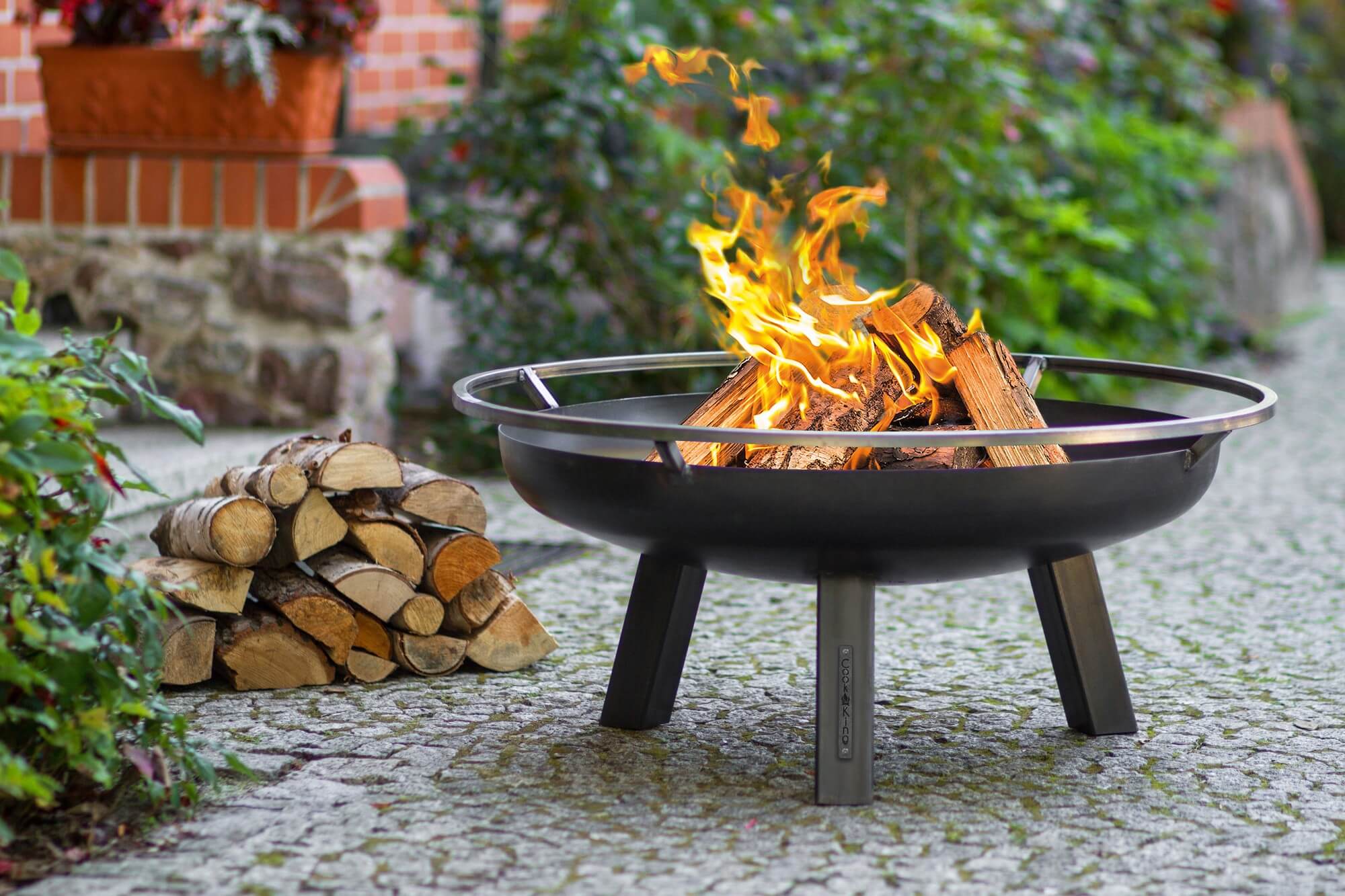
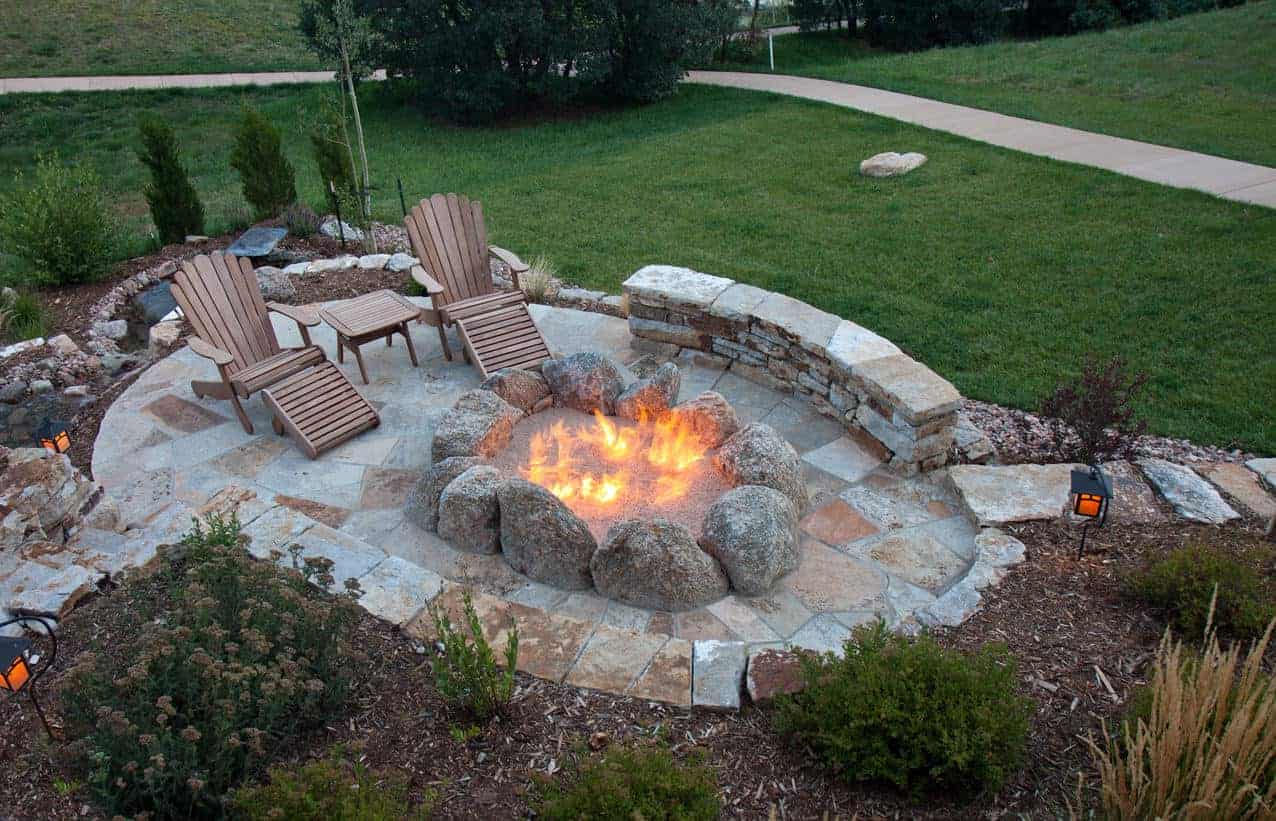
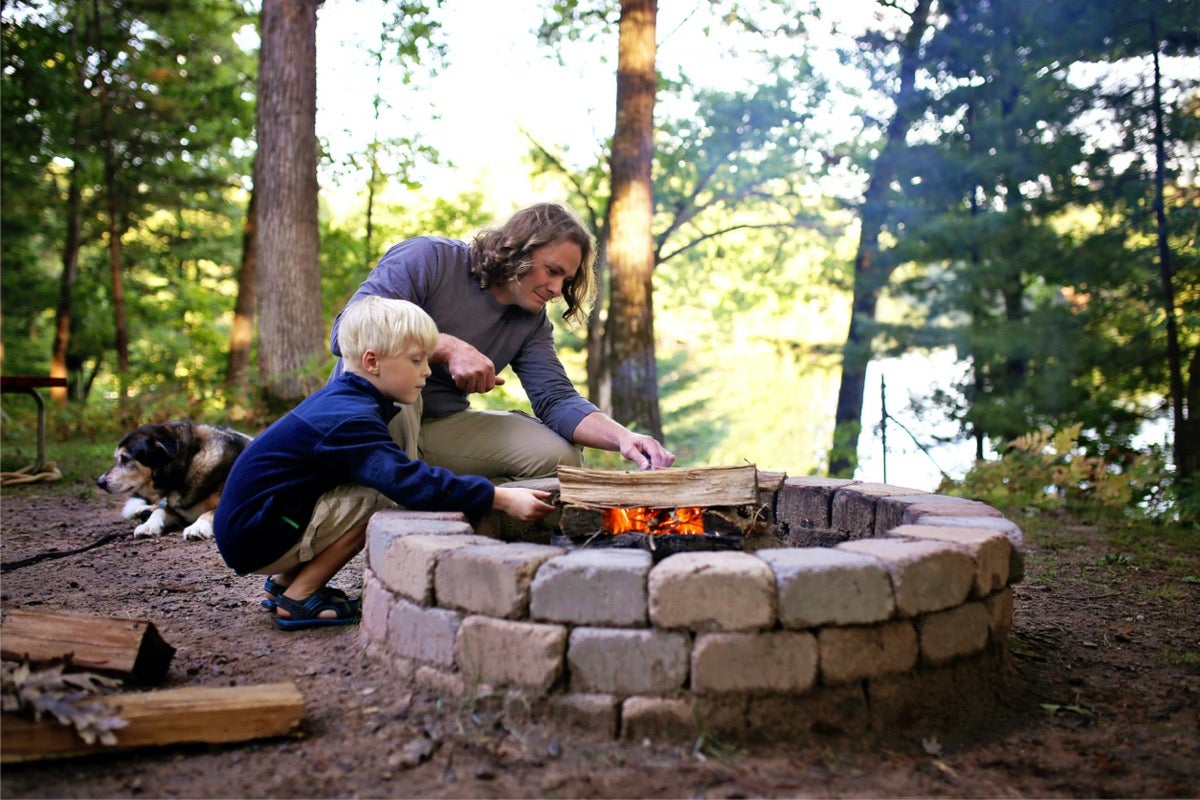
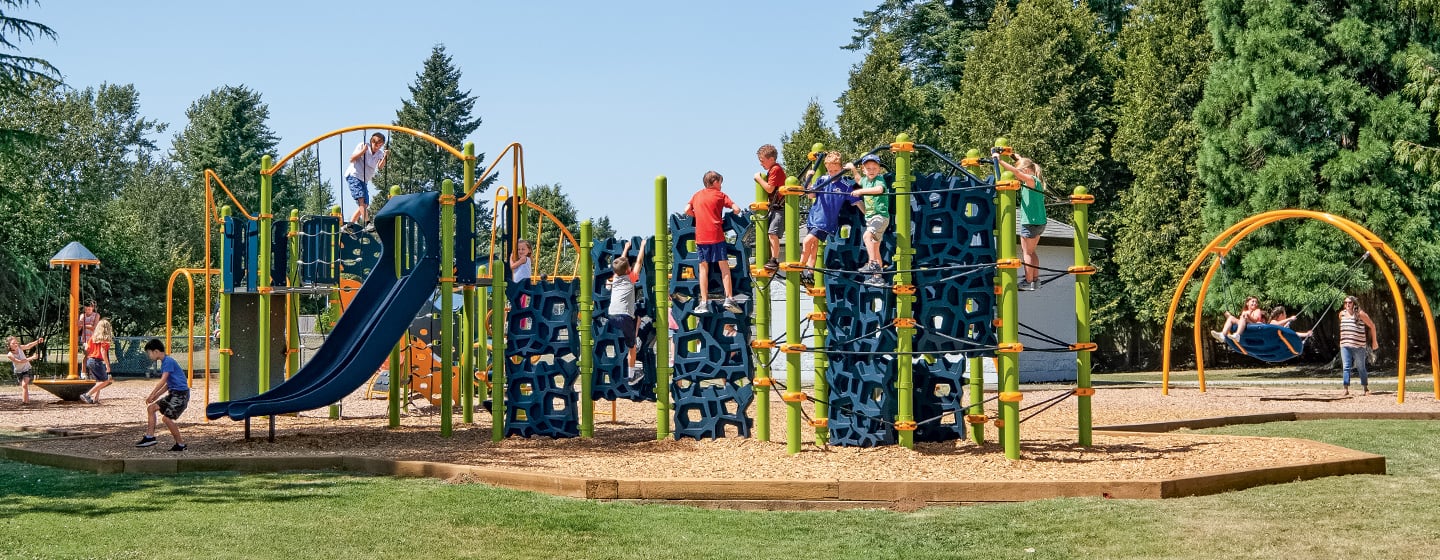
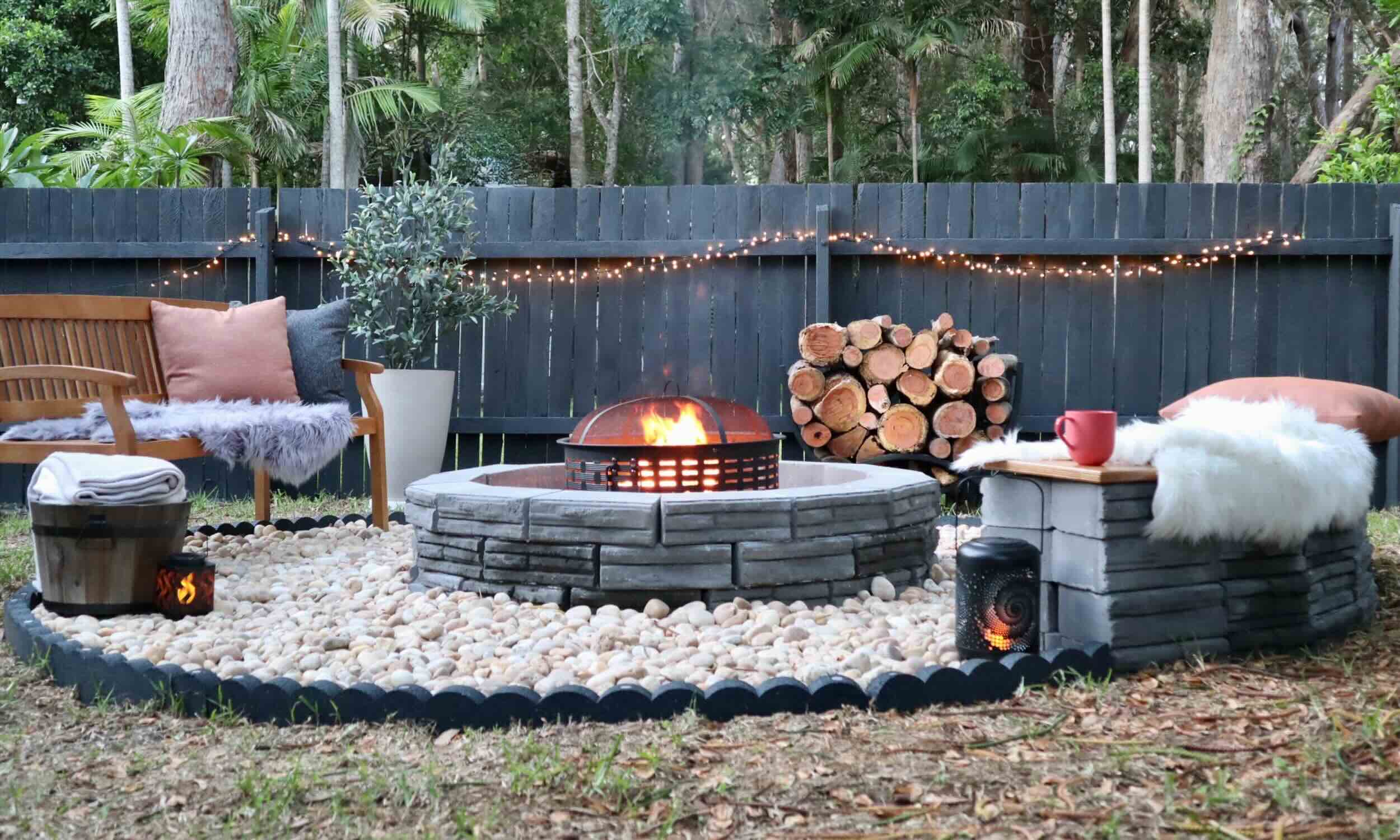
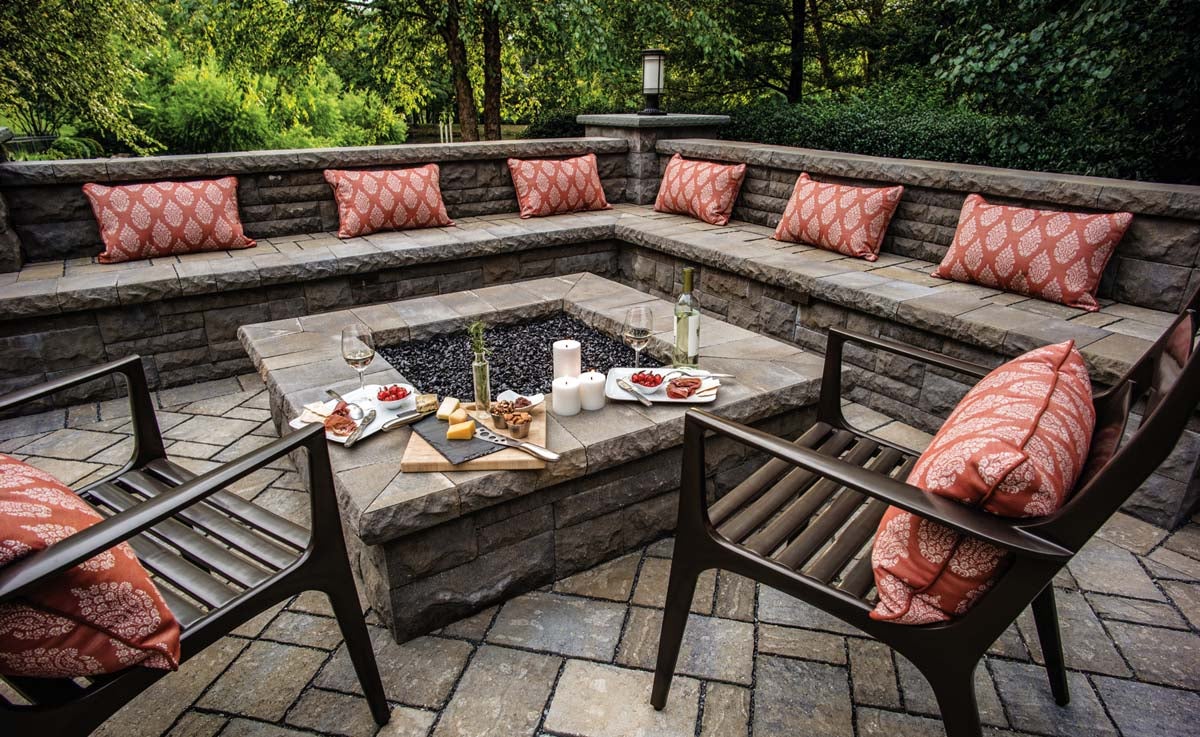
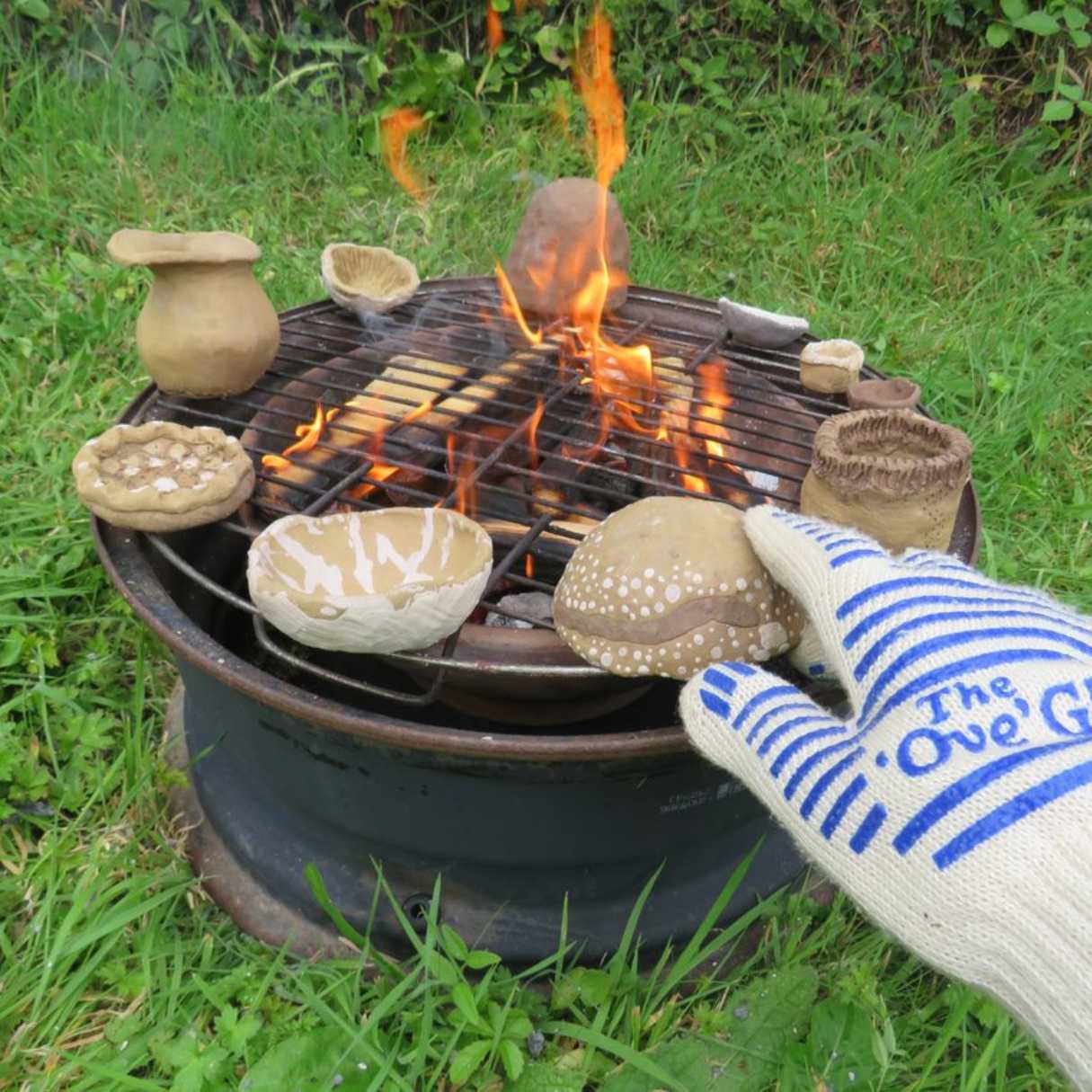
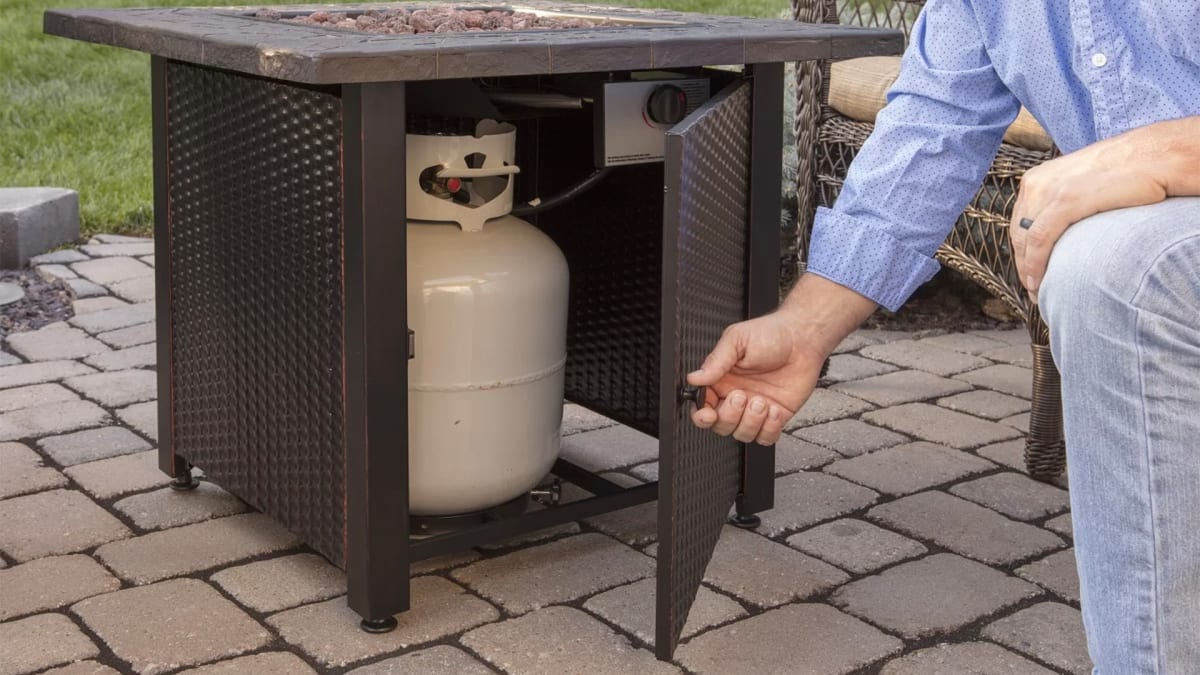
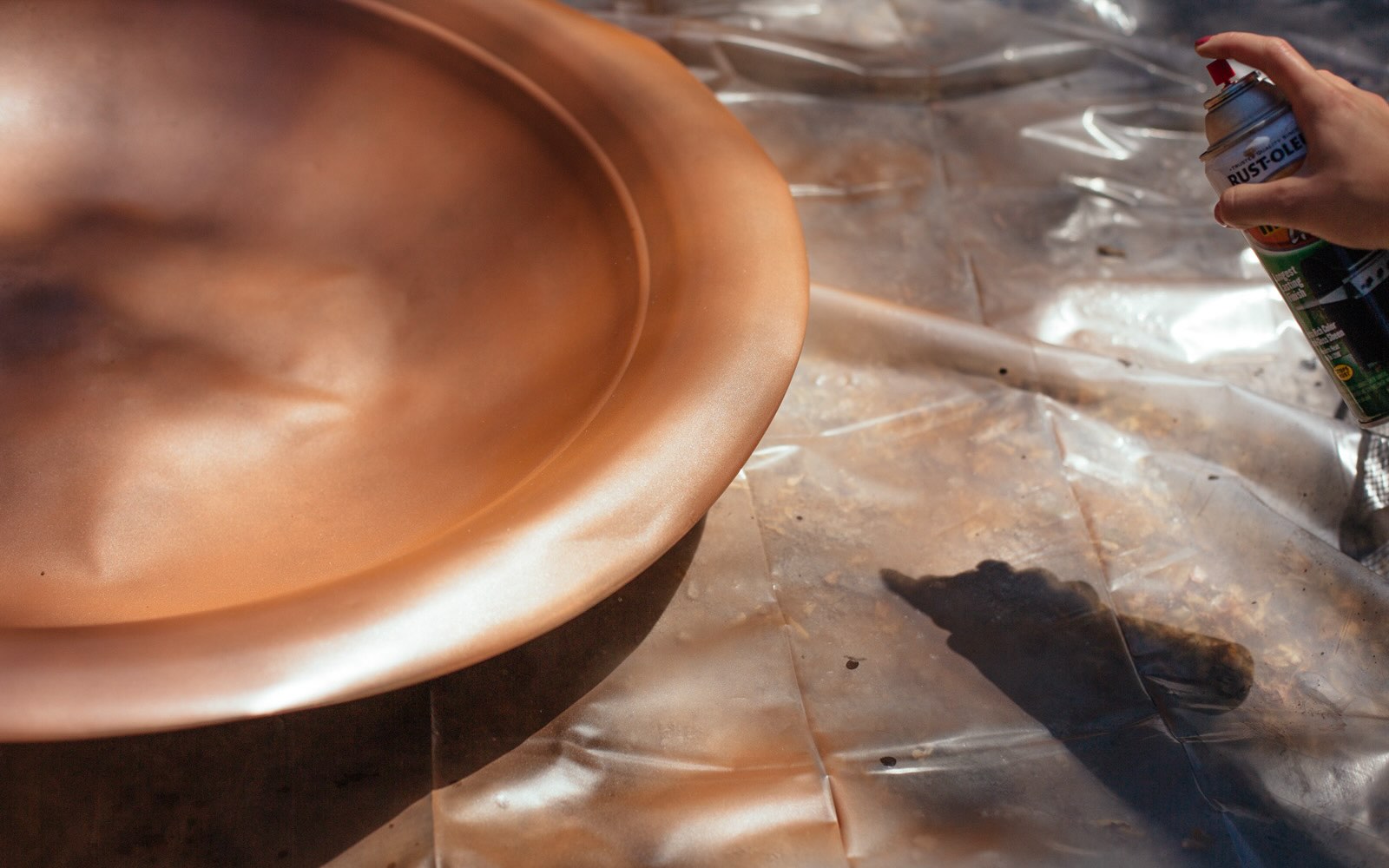
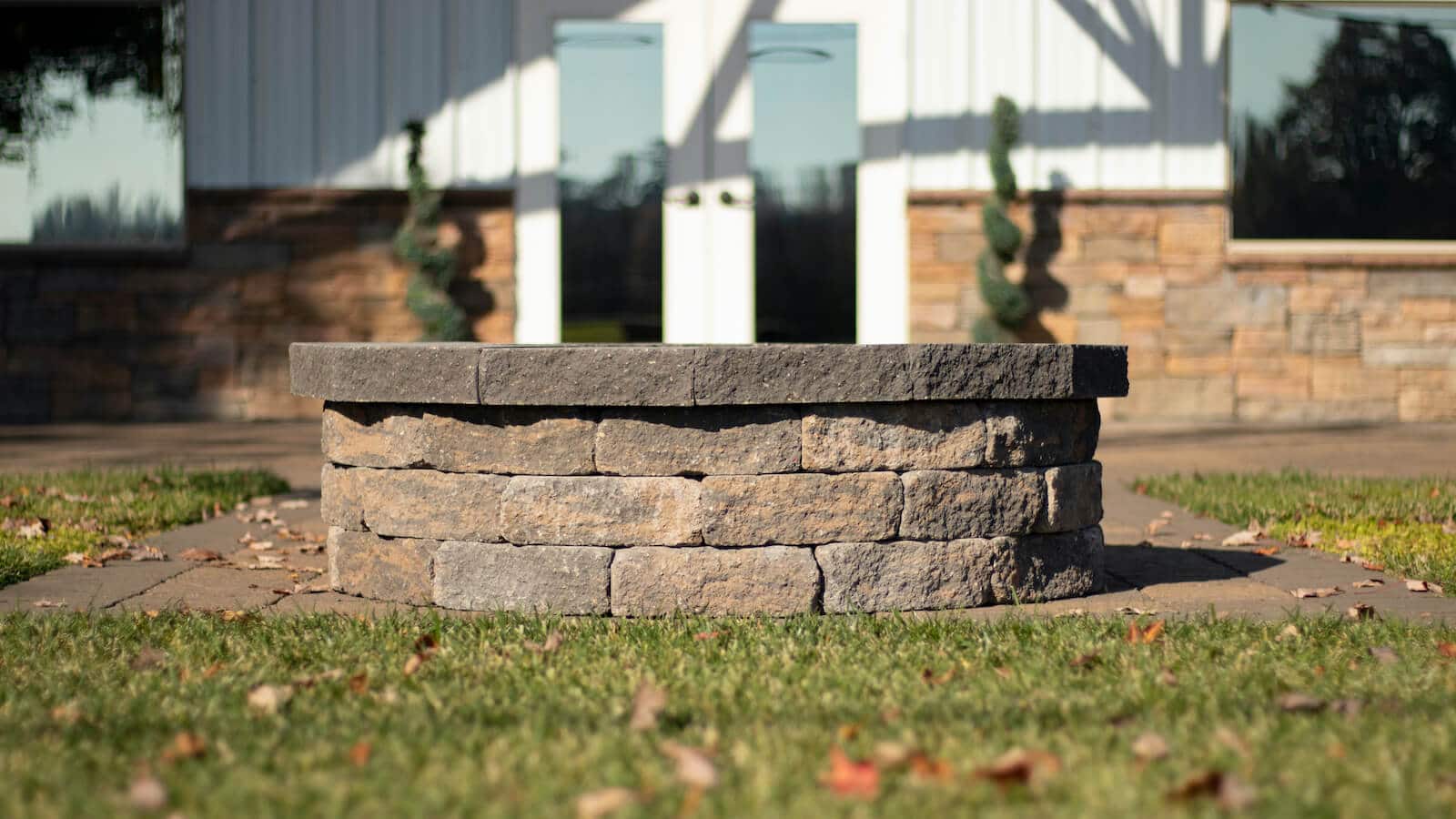
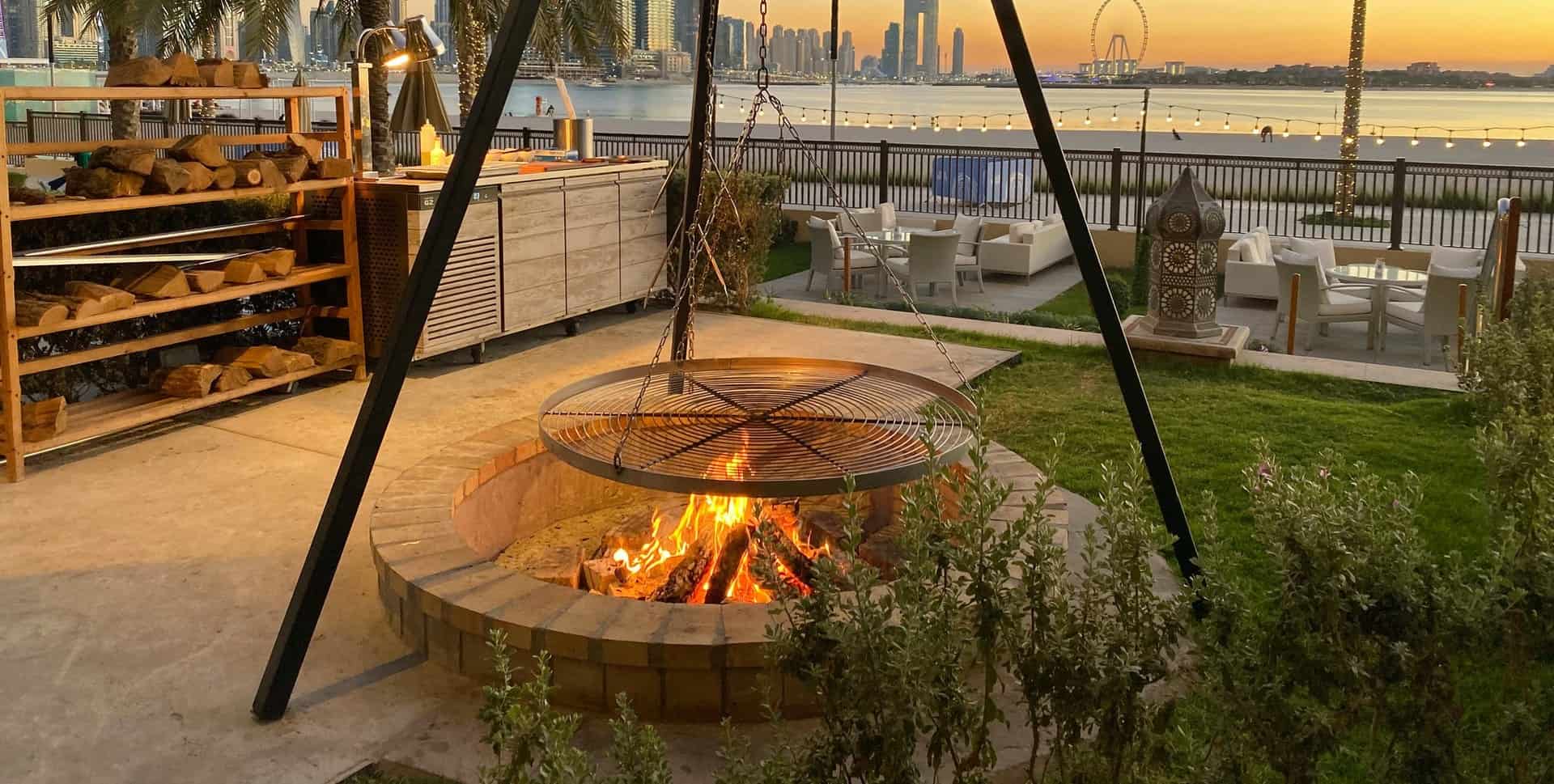
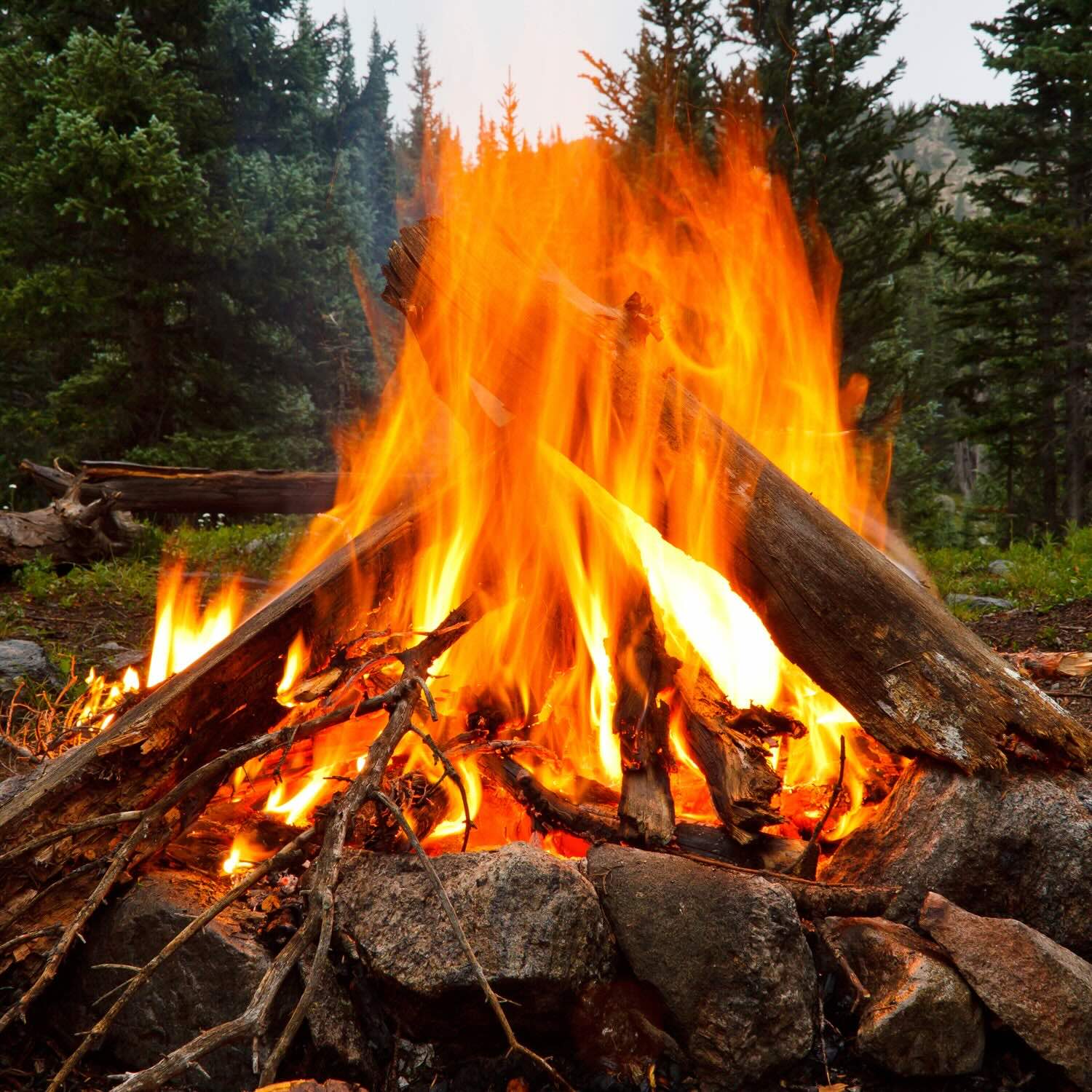


0 thoughts on “How Large Should A Fire Pit Area Be”